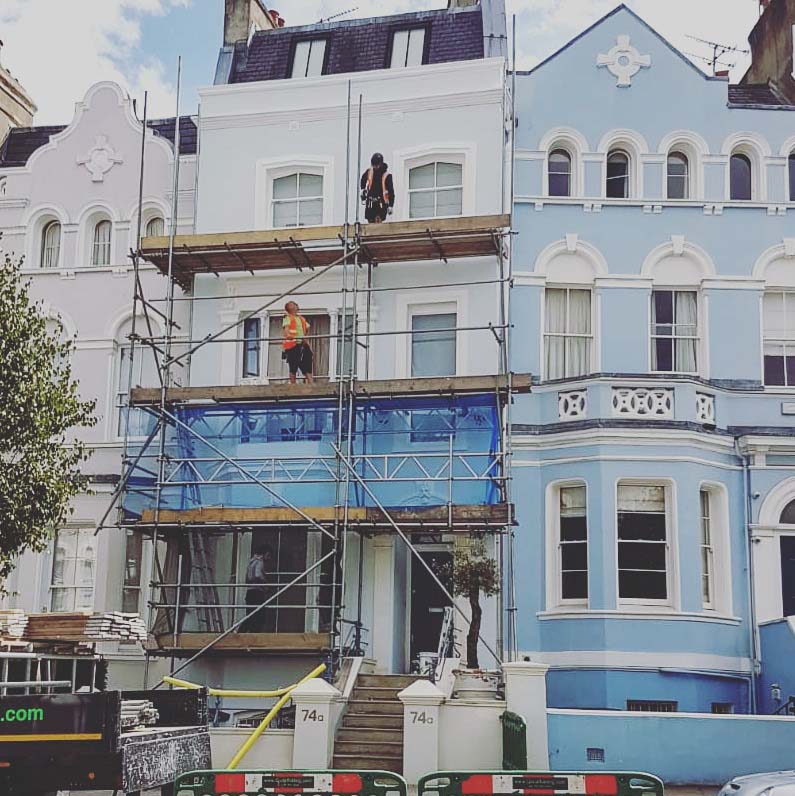Start/end Date:
August 2018
Scope:
We carried out several targeted studies before proceeding with the work.
Verification of all structural criticalities: state of the tiles, infiltrations, injuries, anchoring of windows and railings and their state of oxidation, careful sampling of colors and choice of materials (SIKKENS elastomers, MAPEI liquid sheaths, WEBER FV-A silicon insulation).
We dealt with a specific case of reconstruction of a historic building façade. In fact, we operated exclusively on the outside of the building with a conservative restoration of the old walls, in order to reclaim the structure.
Thanks to the use of innovative techniques such as chemical cutting, injection of resins, and with other ancient techniques, we have been able to preserve the natural construction of the historic building.
What we recommend:
The renovation of external facades is one of the most important steps in home maintenance. If the façade is made up of bricks or exposed stone it is important to protect it correctly since the protective layer of the plaster is lost and the entire surface is directly exposed to atmospheric agents, temperature changes and attack by molds and microorganisms that can affect the solidity and uniformity.
In this regard, when moving on to renovating the external façades in vivo, it is important that the product to be used is totally compatible with the nature of the material: a water-repellent product for stone that crystallizes excessively the material has important contraindications over long distances .
A poorly reversible intervention is never desirable because, despite what is commonly thought, even inorganic materials such as stone and cement conglomerates need a certain degree of breathability to maintain the hygrometric balance in an optimal state.
The deterioration of external facades and when to intervene:
The renovation of the external facades consists of various phases, first of all the assessment of the need and type of intervention.
When is the material for exterior facades in need of recovery and maintenance?
Among the various materials for external facades, the plaster is the one that has the most easily assessable degradation because there are disconnections, rising water, humidity and detachment of the material. The brick or stone facades, on the other hand, have less obvious “symptoms” but are equally dangerous: the detachment of some portions of mortar, superficial saline excrescences and partial detachments of the masonry are alarm bells to be seized. Hence the need to find a good water-repellent for stone and brick that allows long-term maintenance and respects its ethical and physical characteristics.


